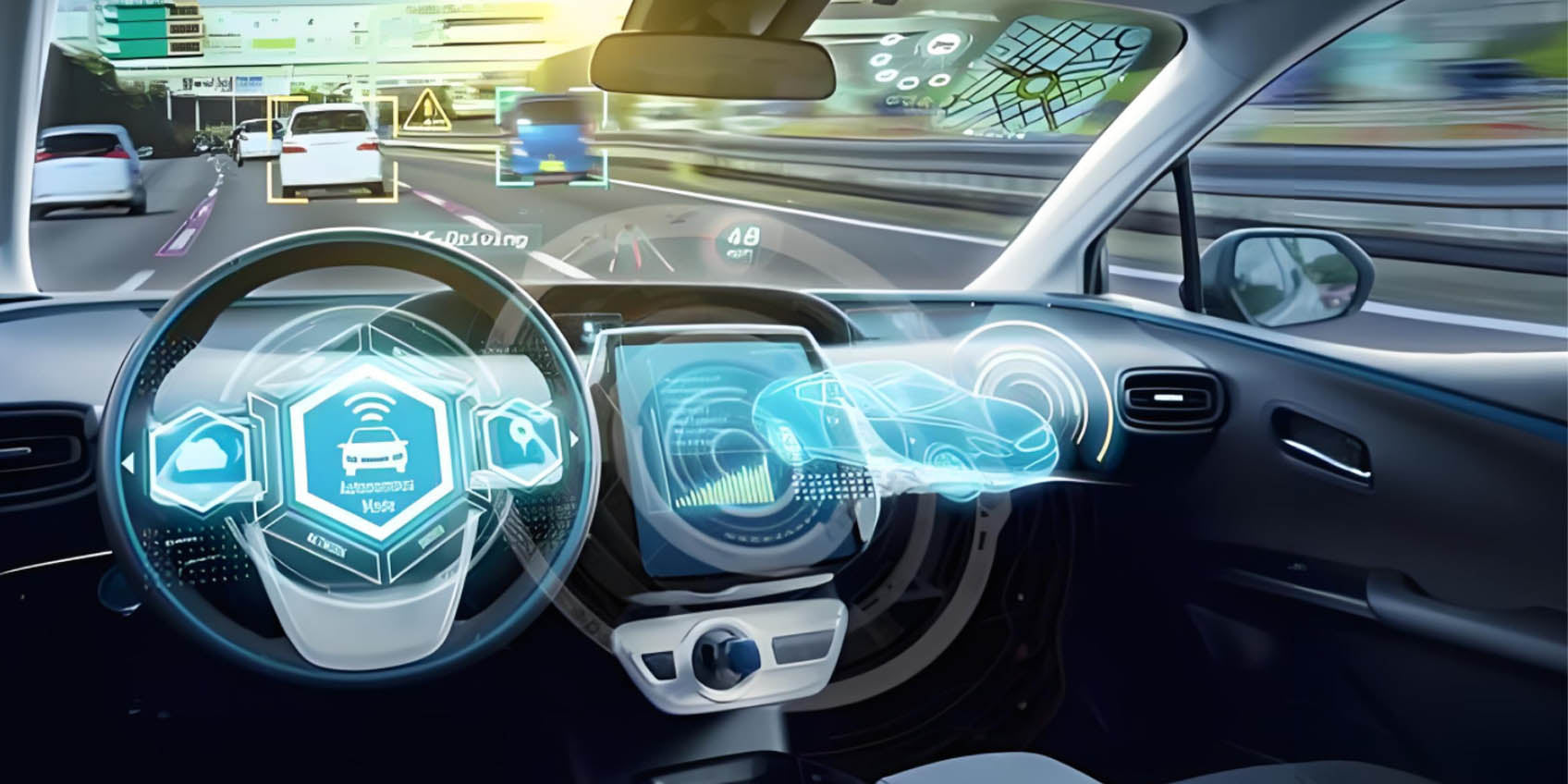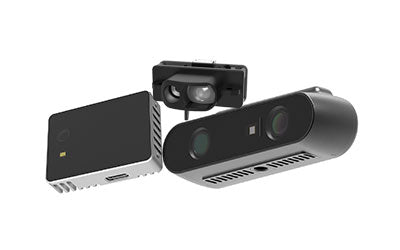Future of Autonomous Navigation: Revolutionizing Transport & Logistics

With the rapid advancement of artificial intelligence (AI), sensor technology, and big data, autonomous navigation is revolutionizing industries such as intelligent transportation, self-driving cars, smart logistics, and industrial automation. This cutting-edge technology enables robots, autonomous vehicles, and intelligent devices to perceive their surroundings, plan paths, and make real-time decisions without human intervention. The widespread adoption of autonomous navigation is enhancing efficiency, safety, and productivity, driving the world toward a more intelligent and automated future.
What is Autonomous Navigation?
Autonomous navigation integrates advanced sensors, computer vision, AI algorithms, and deep learning to allow devices to understand their environment, process real-time data, and autonomously plan routes. Unlike traditional navigation, autonomous navigation offers enhanced adaptability and intelligence, enabling devices to operate seamlessly in dynamic and complex environments.
For example, self-driving cars utilize a combination of lidar, cameras, GPS, and radar to perceive their surroundings, adjust routes in real time, and navigate safely by avoiding obstacles and following traffic rules.
Smart Transportation and Autonomous Vehicles
Core Technology of Autonomous Driving: Precision and Safety
Autonomous driving relies on a combination of lidar, radar, cameras, and ultrasonic sensors, along with AI-powered decision-making algorithms. These technologies enable vehicles to detect and analyze pedestrians, traffic signals, lane markings, and obstacles, ensuring safe and efficient navigation.
By processing real-time data, autonomous vehicles can adjust their driving behavior based on road conditions, traffic signals, and pedestrian movements. For instance, when approaching an obstacle, the vehicle can automatically apply brakes or take evasive action to prevent collisions.
Enhancing Traffic Safety and Efficiency
By eliminating human errors such as fatigue, distraction, and delayed reaction, autonomous navigation enhances road safety and minimizes accidents. Autonomous vehicles can also optimize urban traffic flow by selecting the least congested routes, reducing unnecessary stops and improving overall transportation efficiency.
On highways, autonomous vehicles use real-time traffic data to adjust speed, maintain a safe distance, and switch lanes when necessary, ensuring smooth and safe travel.
Future Trends: Vehicle-to-Everything (V2X) and Smart Infrastructure
As V2X (Vehicle-to-Everything) technology evolves, autonomous vehicles will seamlessly interact with smart infrastructure, exchanging real-time data with traffic lights, road systems, and other vehicles.
For example, smart traffic lights can dynamically adjust based on a vehicle's speed and position, improving traffic flow and reducing congestion. Similarly, autonomous vehicles can share hazard information with nearby cars, preventing accidents and ensuring safer roads.
Smart Logistics and Autonomous Delivery
Revolutionizing Logistics with Autonomous Navigation
Autonomous navigation is transforming logistics and last-mile delivery, reducing costs and increasing operational efficiency. Traditional logistics operations involve high transportation expenses and labor dependency, but autonomous delivery vehicles and drones are streamlining the process.
Autonomous delivery robots utilize AI-driven navigation, real-time route optimization, and collision avoidance to ensure efficient deliveries. Similarly, drones bypass ground traffic, reducing delivery time and improving customer satisfaction.
Smart Warehousing: Enhancing Efficiency and Accuracy
In modern warehouses, autonomous robots equipped with navigation technology efficiently handle, sort, and store goods. These robots can autonomously avoid collisions, locate items, and optimize warehouse operations based on real-time order demands. Automated warehouses significantly reduce labor costs and improve efficiency.
Future Development: A Fully Automated Logistics Ecosystem
The logistics industry is transitioning toward full automation, integrating big data, AI, IoT, and machine learning to create an intelligent logistics ecosystem. Adaptive logistics systems will optimize route planning, task scheduling, and energy consumption, enhancing overall efficiency.
Additionally, blockchain technology will be integrated to enhance supply chain transparency and security, ensuring reliable and traceable transactions. With the rise of autonomous delivery vehicles, logistics operations will become more sustainable, reducing emissions and improving environmental sustainability.
Industrial Automation and Smart Manufacturing
Transforming Manufacturing with Autonomous Navigation
In smart factories, autonomous robots are revolutionizing production processes, performing precision assembly, testing, welding, and painting with minimal human intervention. These robots dynamically adjust tasks, optimize production speed, and ensure high-quality manufacturing.
For example, automated welding robots can modify welding angles and paths based on real-time data, ensuring consistent quality. Similarly, intelligent assembly robots can adjust execution sequences, reducing errors and improving efficiency.
The Rise of Smart Factories: Industry 4.0 and IoT
With the widespread adoption of Industry 4.0, autonomous navigation is playing a crucial role in manufacturing automation. Future smart factories will leverage AI, IoT, and machine learning to create self-optimizing production lines, ensuring maximum efficiency and minimum waste.
By reducing human intervention, autonomous navigation will lower production costs, increase accuracy, and drive manufacturing innovation.
Future Outlook: Flexible Production and Autonomous Decision-Making
Future industrial automation will focus on flexibility, allowing robots to adapt to real-time market demands and customized production. Autonomous robots will adjust production speeds and strategies, enabling on-demand manufacturing and personalized product customization.
Conclusion: The Future of Autonomous Navigation
Autonomous navigation is driving unprecedented transformations across multiple industries, from self-driving cars to automated logistics and smart manufacturing. As AI, big data, and sensor technology continue to evolve, autonomous navigation systems will become more intelligent, efficient, and adaptive.
Future cities will embrace intelligent transportation systems, automated logistics networks, and smart factories, leading to safer roads, faster deliveries, and highly efficient production processes. Autonomous navigation is not just an emerging trend—it is the foundation of the future, shaping a world of automation, efficiency, and sustainability.
Synexens 3D Of RGBD ToF Depth Sensor_CS30
Our professional technical team specializing in 3D camera ranging is ready to assist you at any time. Whether you encounter any issues with your TOF camera after purchase or need clarification on TOF technology, feel free to contact us anytime. We are committed to providing high-quality technical after-sales service and user experience, ensuring your peace of mind in both shopping and using our products.
-
Publicado en
CS30






